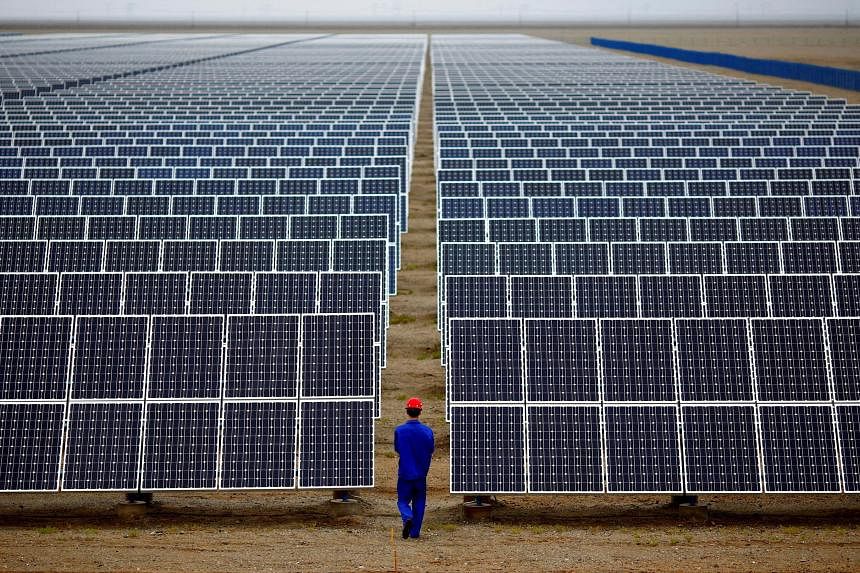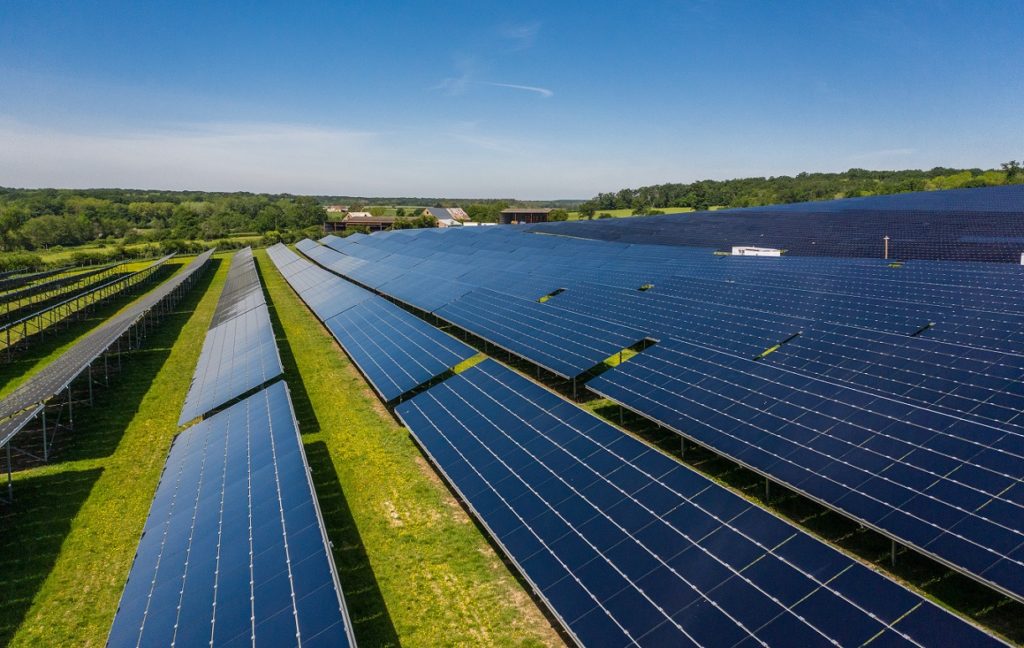Manufacturing Dominance Raises Alarms
China’s rapid ascent in green technology manufacturing is prompting apprehensions among global players, particularly the United States and Europe. Concerns about overcapacity, fueled by Chinese subsidies, loom large in discussions around clean energy industries.
With substantial investments exceeding US$130 billion in 2023 alone, China solidifies its position as a solar energy powerhouse. Analysts predict China’s solar dominance to extend, encompassing over 80% of the global supply chain for essential solar components.
Key Details and Challenges
Washington’s apprehensions are magnified as China’s manufacturing prowess threatens efforts to bolster domestic production and support green transitions. US Treasury Secretary Janet Yellen emphasizes the need to address these challenges through discussions with Chinese counterparts.
China’s influence extends beyond solar energy, with remarkable strides in electric vehicle (EV) production and lithium-ion battery manufacturing. In 2023, China accounted for over 60% of global EV sales and a significant portion of lithium-ion battery demand.
Global Implications and Response
The imbalance between China’s manufacturing capacity and global consumption raises concerns about fair competition. Experts warn that Chinese firms, buoyed by subsidies, may undercut international counterparts, prompting protectionist responses.
Dr. Yellen’s ongoing discussions in China serve as a pivotal opportunity to convey these concerns. The dialogue aims to address the imbalance in global trade dynamics and promote a level playing field in green technology industries.
Future Outlook and Collaboration
As discussions unfold, stakeholders emphasize the importance of fostering collaboration while addressing existing challenges. Achieving a balance between innovation, competition, and sustainability remains paramount as the world navigates the complexities of the green energy transition.
Source:straitstimes.com





